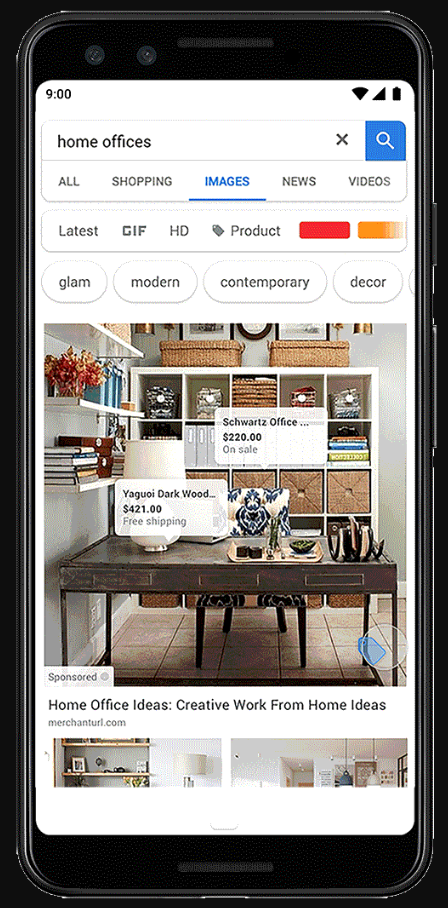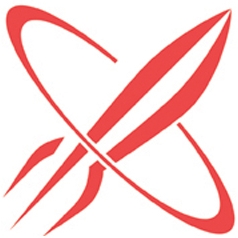This Week’s Industry News
Compiled by the Rocket Clicks Team
Top Stories
Google My Business Allots Space to Promote Current Offers
Google My Business created an ‘Offers’ section to highlight current sales and promotions. Although the ‘offer’ type of posts have always been around, it’s never been given its own designated space in the GMB profile section. According to Google, this update will “make it easier for people to make decisions about where they want to go and simpler for businesses to attract customers.” This feature will allow for up to ten offers at once to be displayed in a carousel. To post an offer, simply create a post and categorize it as an ‘offer’. Here, users will have the ability to customize the title, description, photo, start and end dates, coupon code, website link, and other terms and conditions. Users can preview the offer before posting and track its performance using GMB Insights.


Source: Search Engine Land & Bright Local
Google Merchant Center Updates
Information in Shopping Ads is now available to all retailers (free of cost) and can be submitted directly to Google in real-time, not just by adding schema markup to your site. The Google Merchant Center feed is uploaded directly to Google in real-time, ensuring that all information displayed is accurate at the time of a given search. Google announced that you will no longer need an AdWords account to upload product information. All information in Shopping Ads is now available to all retailers and eligible to be viewed in organic search and image results. This gives retailers better control over how their products appear online. Product data will be ranked based only on relevance to users’ queries. For brands, this is a way to add relevant information to their listings without running a shopping campaign.

Source: Search Engine Land
Moz Updates Domain Authority Metric
According to Moz, Domain Authority is requested over one-billion-times per year and referenced millions of times on the web. Moz’s Domain Authority is not a ranking factor, but rather used to predict rankings. The updated DA metric addresses common link manipulation techniques in order to more closely align with SERP results. Moz determined which data sets most often experienced DA inflation including Moz customers, random domains, and blog comment spam and calculated the relative difference between the old and new DA within each of these groups. The type of sites that lost the highest percentage of Domain Authority were link buyers, comment spammers, link sellers and auction domains.
Overall, mostly everyone’s DA dropped, so if yours dropped, it’s likely your competitors’ did as well. Again, these changes won’t cause the rankings to adjust, but rather are more in tune to give consultants and agencies a “smarter metric for assessing quality.”
Insights into your new Domain Rating:
- If you experienced a drastic drop, but your competitors did not, it could relate directly to your link profile
- If your is DA decreasing over time, and your competitors are not, it’s likely a sign to do more outreach
Source: Moz Blog
New Shoppable Ads on Google Images
Google is introducing a new way for retailers to promote products in image search with shoppable ads. This new ad format lets retailers highlight multiple products within a single ad unit, which will appear among Google Images results. These ad units behave like shoppable pins on Pinterest where multiple items within a photo are tagged for sale. Google’s shoppable ads will appear in image search results with a “Sponsored” label as well as a price tag icon. Hovering over the price tag icon will reveal the prices of the items, along with the brand name and other information. Shoppable ads on Google Images are currently being tested on a small percentage of traffic with select retailers. Google plans to roll this ad unit out to more categories across more retailers over the next few months.

*Image from Search Engine Journal
Source: Search Engine Journal
Analysis:
Tips for Writing Useful Content
- Content Should Align With Company Goals
- Do you know exactly why you’re writing a piece?
- What purpose will it serve?
- Why will it be beneficial?
- What is it designed to accomplish?
- Do you know exactly why you’re writing a piece?
- Focus On The BIG Pieces
- In-depth how-tos, extensive guides, topic deepdives
- Either link to existing content that supports this page, or focus on creating supporting content for internal link building.
- In-depth how-tos, extensive guides, topic deepdives
- Recycle & Repurpose Content
- Enhance existing content by adding visual elements
- Package content in snippets, shareables, infographics
- Elevate content on social media
- Enhance existing content by adding visual elements
- Brand Awareness Content
- Share product/team updates – give audience ‘behind-the-scenes’ view
Bottom line: don’t write content if it’s not useful. If it doesn’t serve a purpose or have a goal attached to it, it’s likely a waste of time, effort and resources. Source: Search Engine Journal
4 Ways to Scale Your Facebook Advertising
- Increase Your Budget – adding budget is a great way to scale, but don’t scale too quickly. If you throw too much money at an add too fast, it can throw off the algorithm and cause your ROI to drop.
- Use Facebook Audience Insights – use the audience insights tool to expand your reach to a larger group of potential customers. It can show which audiences overlap with each other. Like people who enjoy the outdoors also tend to like dogs.
- Create Lookalike Audiences – if you want to scale, let the platform do some of the work for you. Use lookalike audiences to find new people similar to users who have already taken a desired action with your ad or on your website.
- Freshen Up the Content – when scaling ads, it’s essential to avoid ad fatigue. Consider creating ad sets using a variety of approaches, such as videos and slideshows. These add variety to the standard ad format. You can easily change different elements in the ad like the caption, link or creative. Source: Marcus Ho, SEMrush



















